Special Air Force Special Operations Aircraft
C-47T Skytrain Piston Transport Airliner
Until recently, the 6 Squadron at the Gerlbert Field airbase had the oldest aircraft operated by the US Air Force - the piston transport-passenger C-47 Skytrain. Its first flight C-47, which is a militarized version of the passenger Douglas DC-3, made 23 December 1941 year. Unlike the civilian version, it had more powerful engines and a reinforced structure. Outwardly, the military vehicle was distinguished by a large cargo door on the left side of the fuselage. According to American data, more than 10 000 C-47 aircraft of various modifications were built at three aircraft factories in the United States. During serial production, various improvements were introduced into the design, which allowed to extend the service life in combat units.
For its time, the S-47 had very good flight data. The aircraft of the С-47В modification had a power plant, which consisted of two Pratt & Whitney R-1830-90C Twin Wasp air-cooled piston engines with a capacity of 1200 hp. each. The aircraft with a maximum takeoff weight of 14 kg had a practical range of 000 km and could take on board 2410 paratroopers. At an altitude of 28 meters "Skytran" accelerated to 2285 km / h, cruising flight speed - 369 km / h.
Although most of the C-47 in the US Air Force was dismissed shortly after the end of the Vietnam War, the modernized C-47T were used relatively recently by the 6 squadron during covert operations in “Third World countries,” where piston can still be seen in the sky C-47 and DC-3.
After a major overhaul, the transport and passenger C-47T was adapted to perform special missions. The plane, whose age at that time was about 50 years old, in the middle of the 1990's received modern communications and navigation equipment, once again updated in the 21 century.
Turboprop transport and passenger aircraft C-41А
Apparently, at the moment, the C-47T has been withdrawn from service by American special forces and replaced by the Spanish CASA C-212 AVIOCAR twin-engine turboprop, which received the designation C-41A in the US Air Force. The transport and passenger CASA C-212 AVIOCAR was in serial production from 1972 to 2012 year. During this time, 477 machines were built. In 1998, a series with a “glass cabin” and more powerful engines went into the series.
The C-41A aircraft has good take-off and landing characteristics and, thanks to its robust fixed gear, is capable of operating from poorly prepared unpaved strips. For take-off with a full load, it needs 610 m, for landing - 462 m. With a maximum take-off weight of about 8000 kg, with a full load it has a range of 830 km. Ferry range - 2680 km. Two Garrett AiResearch TPE331-10R-513C turboprop engines with 900 horsepower each capable of accelerating in horizontal flight to 370 km \ h. Cruising speed - 300 km / h. The stall speed is 145 km / h. The C-41A is able to take on board cargo weighing 2700 kg, or 25 paratroopers. At two points of the external suspension, weapons weighing up to 500 kg can be placed.
Although there are only a handful of C-41A aircraft in US special aviation, these machines have been very actively used in Afghanistan to deliver military goods and supply small units operating in hard-to-reach areas.
Turboprop military transport aircraft An-26
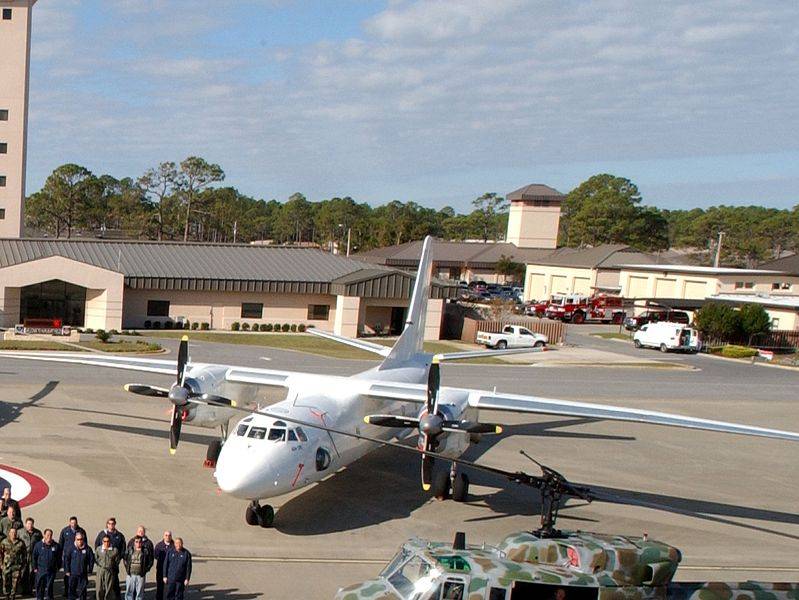
The U.S. Air Force Special Operations Command officially recognized that until recently, at least one Soviet-made An-6 military transport aircraft was operated in the 26 Special Purpose Squadron.
The aircraft, painted white, on the available photographs does not have identification marks to identify it as an aircraft belonging to the US Air Force. Most likely, the An-26, built in the USSR, was obtained by Americans from one of the countries of Eastern Europe, or from an "independent" republic that was part of the USSR.
On the switchboard and dashboard, the inscriptions in Russian are duplicated in English. Information about what missions this machine performed in the past, and where the American crew was trained, was not disclosed.
Helicopters UH-1H / N
In addition to transport and passenger aircraft, helicopters are also operated in the “non-standard aircraft squadron”. The 6 I Special Forces Squadron is probably the only unit in the US Air Force where the Vietnam War veterans UH-1H Iroquois can still be in flight condition. According to American sources, until recently, two such helicopters were used to train foreign crews.
Another rare model is the UH-1N Twin Huey. This machine is equipped with a Pratt & Whitney Canada T400-CP-400 power plant with 1250 hp. With a maximum take-off weight of 5080 kg, the helicopter usually takes 8 armed soldiers or 1800 kg of cargo in the cockpit. The maximum speed is 259 km / h. Flight range - 460 km. There is information that the UH-1N has in the past supported the operations of American special forces in Central America. In particular, at the beginning of the 21st century, vehicles of this type, owned by the US Air Force MTR, moved American advisers during the fighting against the rebels in Colombia.
Helicopters Mi-8 / Mi-17
In 2002, the Mi-6 and Mi-8 helicopters appeared as part of the 17 special-purpose squadron. At the first stage, these were vehicles obtained from Eastern European countries, which, after joining NATO, switched to Western-style equipment and weapons.
Judging by the freely available images, the pilots of the "squadron of non-standard aircraft" had various modifications of Soviet and Russian-made helicopters.
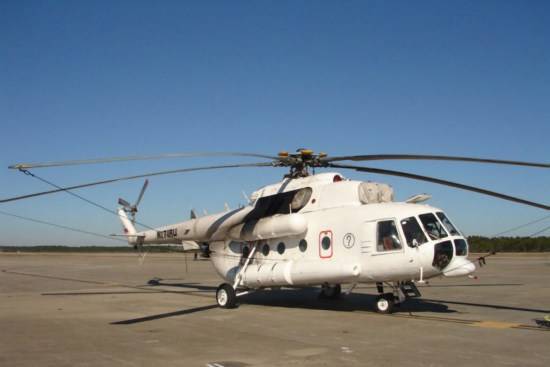
As of 2013, between the United States and Russia, several contracts were concluded with a total value of about $ 1 billion. The agreement provided for the supply of 63 Mi-17В-5 helicopters (export version of Mi-8МТВ-5), consumables and spare parts, as well as their complex service. Apparently, the US Air Force Special Purpose Command left at its disposal several new Mi-17B-5 helicopters purchased for Afghanistan.
In the past, Russian-made rotorcraft were repeatedly seen during training of US special forces soldiers and in line with the American Iroquois during training flights in the vicinity of the Earlbert Field airbase and at the Eglin training ground.
Turboprop military transport aircraft C-144А
The 427th Special Purpose Squadron, based at Pope Field Air Base in North Carolina, is equipped with C-144A twin-engine turboprop aircraft.
This designation in the US Air Force received the Spanish CN-235-100M. The turboprop military transport aircraft was developed by the Spanish company CASA with the participation of the Indonesian company Industri Pesawat Terbang Nusantara and was manufactured by Airbus Military.
According to its characteristics, the CN-235 is a typical light military transport aircraft developed by the 1980's. With a maximum mass of 16 500 kg, he can take on board 6000 kg of cargo or 46 paratroopers. Two General Electric CT7-9C turbo engines with 1750 hp each provide a cruising flight speed of 450 km / h. Ferry range - 4355 km, flight range with load - 1500 km.
According to information published in open sources, there are two C-144A aircraft in the US Air Force MTR. In total, the US military department purchased thirteen aircraft, and the Coast Guard purchased the 15 patrol modification EADS CASA HC-144 Ocean Sentry. In 2015, the cost of the new CN-235 was $ 16 million. At the moment, about 300 light transporters have been built. Although the fleet of CN-235 aircraft is not large by American standards, as of September 2017 of the year, they spent more than 100 000 hours in the air.
C-144 and 427 squadron planes are used to deliver personnel, special cargo and equipment where the carrying capacity of the four-engine Hercules is excessive, or when the American leadership for some reason does not want to clearly demonstrate the presence of its military. As you know, aircraft of special operations forces often do not bear identification marks.
Turboprop military transport aircraft C-27J Spartan
In September 2008, the U.S. Air Force received the first Alenia C-27J Spartan military transport aircraft. This machine was jointly developed by Alenia Aeronautica (later Leonardo-Finmeccanica) and Lockheed Martin based on the G.222 aircraft. The C 27J Spartan is equipped with cab equipment and engines used on the modern version of the C 130J Super Hercules, which increased the flight range by 35% and cruising speed by 15% compared to G.222. Due to the high degree of unification of equipment and systems from 27J, Spartan to C 130J Super Hercules also received the name Half Hercules (half Hercules).
Aircraft with a maximum take-off weight of 30 500 kg is capable of transporting payloads weighing up to 11500 kg. The cargo compartment can accommodate up to 46 fully equipped paratroopers, or 36 wounded on a stretcher with 6 escorts. Two Rolls-Royce AE2100-D2A turbofan engines with 4640 horsepower. each rotates two Dowty six-blade propellers with a diameter of 4,15 m, and is able to provide maximum speed in horizontal flight up to 602 km / h. Cruising speed - 583 km / h. The minimum evolutionary speed is 194 km / h. Flight range with load 6 000 kg - 4 130 km. Ferry range - 5850 km.
In the US Air Force, the X-NUMXJ was to replace the light transport-passenger aircraft C-27 Sherpa, C-23 Huron, C-12 Metroliner and partially early modifications of the C-26 Hercules. The US military initially planned to purchase 130 Spartans in the amount of $ 78 billion for transport squadrons in which the decommissioned C-2,04Е had been decommissioned. Approximately the same amount With 130J was required by the Special Operations Command of the US Air Force and Air National Guard.
In July 2008, there were four 27Js in the US Air Force that were used to train crews. The combat deployment of the Spartans took place in August 2010, when the crews of the 164 Airborne Guard Airborne Squadron from the 179 Air Transport Wing delivered the first cargo to the Afghan Kandahar airbase.
In total, with 27J from the 179 and 175 transport air wings, having made more than 3200 flights, more than 25 000 passengers and about 1450 tons of cargo were transported to Afghan airfields. The command of US forces in Afghanistan praised the transport capabilities of the C 27J aircraft and noted their ability to operate from poorly prepared unpaved ground airfields. This made it possible to reduce the costs of the transfer of personnel and the delivery of goods for military purposes, as well as the more rational use of the resource of heavy military transport helicopters.
Nevertheless, already in January 2012, the US Air Force leadership announced its intention to withdraw from service all available 38 aircraft from the 27J Spartan at that time. The official reason for this decision is the higher cost of the life cycle compared to the latest four-engined military transport C 130J Super Hercules. It was stated that for a life of 25 years, it is allegedly necessary to spend $ 27 million on maintaining C-308J, and $ 130 million on C-213J.
The decommissioned Spartans decided to sell abroad and convert into HC-27J coastguard patrol aircraft. Seven C-27J were transferred to the US Air Force Special Operations Command. According to unconfirmed information, all C-27Js available in the US Air Force militia are assigned to the 427th Special Purpose Squadron at Pope Field Air Base in North Carolina.
Before the US Air Force decided to abandon the C-27J, special operations forces intended to create the AC-27J Stinger II "ganship" on its basis. The shock modification was supposed to be equipped with an 30 or 40-mm automatic cannon in the doorway, ATGM AGM-114 Hellfire, high-precision ammunition AGM-176 Griffin and GBU-44 / B Viper Strike, as well as an all-day optoelectronic sighting system.
Now the American company ATK is promoting the concept of the universal "ganship" MC-27J with quick-mount weapons. The basis of armament should be the 30-mm automatic gun GAU-23. A cannon with an ammunition system is located on the standard 463L cargo pallet and is mounted in the cargo compartment for firing through the cargo door from the port side. Installation of an artillery installation should take no more than four hours. In front of the cargo compartment, a stabilized L-3 Wescam MX-15Di platform with optoelectronic and infrared equipment, a Link-16 data transmission system and advanced Selex ES communication equipment with the ability to encrypt transmitted information are installed.
Particular attention is paid to protecting the aircraft from MANPADS. The laser equipment AN / AAQ-24 Nemesis is intended for this. An automatic laser jamming station generates coded multispectral interference radiation in a wide optical range. It leads to the illumination of the GOS missile and the formation of a false signal that deflects the rudder of the rocket, which leads to the failure of the guidance of the rocket to the chosen target. In the future, the MC-27J should receive a multi-mode radar of the SAR / ISAR type (with synthetic aperture / with inverse synthesized aperture), selection of ground moving targets and an aerial photography system, a radio interception and electronic reconnaissance system, and satellite communications. The fire support aircraft is also planned to be equipped with guided high-precision aircraft ammunition. It is planned to make all armaments and new equipment quick-detachable for converting the MC-27J into a transport aircraft.
Light multi-purpose turboprop aircraft U-27A
Among the military transport C-144A and C-27J belonging to the 427 squadron, single-engine U-27A turboprop aircraft were seen at the Pape Field airbase. For the first time information about this car, created on the basis of a light cargo-passenger aircraft Cessna 208 Caravan, was released at the end of the 1980's.
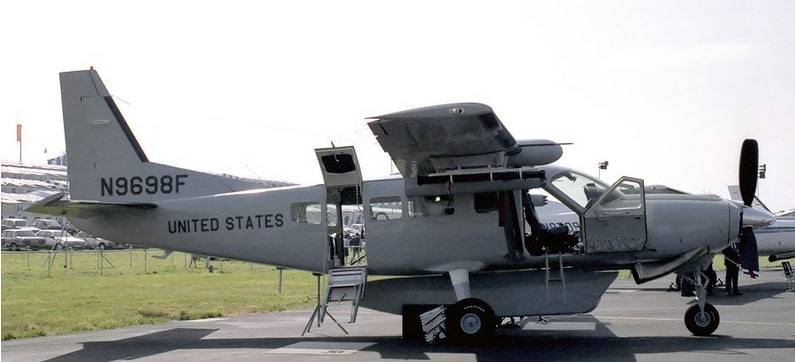
The military version, designated C-16A, was used during covert operations in Latin America. In addition to transporting cargo and passengers, this aircraft could be armed with blocks with an 70-mm NAR and an 7,62-mm six-barreled GAU-17 machine gun or 12,7-mm three-barreled GAU-19 in the doorway. Subsequently, the "transport" designation of the C-16A was replaced by the "multi-purpose" U-27A, which better reflected the purpose of the aircraft.
The basic Cessna 208 Caravan, with a relatively low cost and low operating costs, has a fairly high performance. Strong and high non-retractable landing gear in combination with a power wing with an area of 25,96 m 2 allow takeoff and landing from unequipped unpaved areas of limited length. The aircraft with a maximum takeoff weight of 3538 kg has a cabin with a volume of 9,6 m³, can carry up to 13 passengers or a cargo weighing 1300 kg. Flight range with 9 passengers on board is up to 1900 km. Maximum flight speed - 352 km / h, cruising speed - 340 km / h. Stall speed - 112 km / h. Pratt & Whitney Canada PT6A -114A 675 hp engine drives a three-blade McCauley propeller. The Cessna 208B Grand Caravan with an elongated fuselage is equipped with a Honeywell TPE331-12JR-704AT turbofan with a capacity of 1000 hp. Since 2008, new Cessna 208 Caravan aircraft have received Garmin G1000 avionics.
Since 1984, more than 2600 aircraft of the Cessna 208 Caravan family have been sold, which today have flown more than 20 million hours. In January 2019, the new civilian Cessna 208B Grand Caravan EX in the United States cost $ 2,685 million. Military modification of the U-27A with special navigation systems, communications and night vision equipment can cost about $ 4,5 million, and the shock AC-208 Combat Caravan - more $ 15 million
Since 2013, the assembly of Cessna 208B has been carried out in China. Although the Cessna 208 Caravan has been in serial production for more than 30 years, this versatile aircraft, due to its unpretentiousness, reliability and undemanding quality runways, is still in demand in special aviation. The range of its application is quite wide, and an aircraft with a short take-off and landing is capable of delivering and supplying small detachments, transporting the wounded, and when installing special equipment, patrol, reconnaissance, and relay radio signals.
In the United States, ATK created the AC-208 Combat Caravan reconnaissance and strike modification, which was first used by the Iraqi Air Force against Islamists in January 2014 in Anbar province. Optoelectronic systems are installed on the aircraft, allowing to monitor the terrain day and night. Hellfire ATGMs can be used to strike targets on the ground. The delivery of the AC-208 Combat Caravan is planned for Afghanistan, Lebanon, Mali, Mauritania, Niger and Burkina Faso, but it is not known whether there are such aircraft in the United States Air Force.
To be continued ...
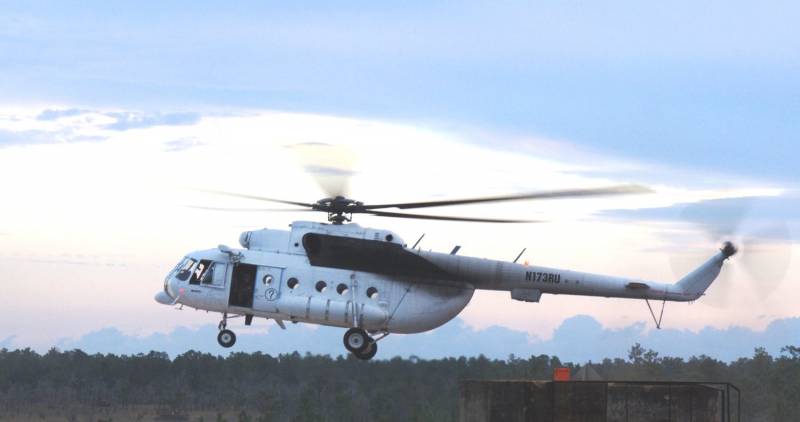
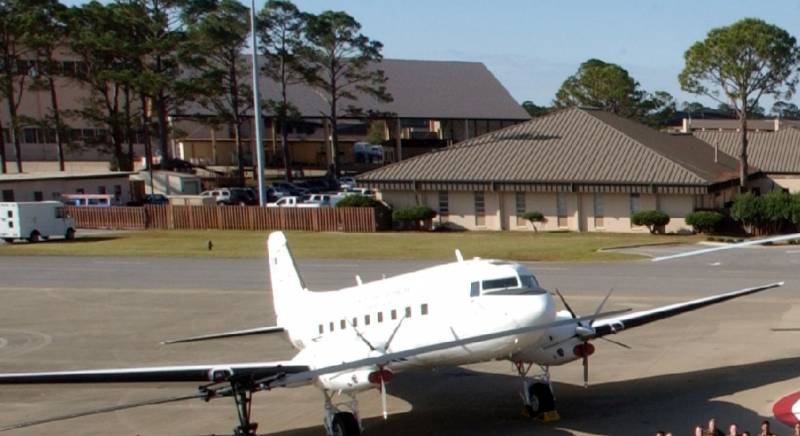
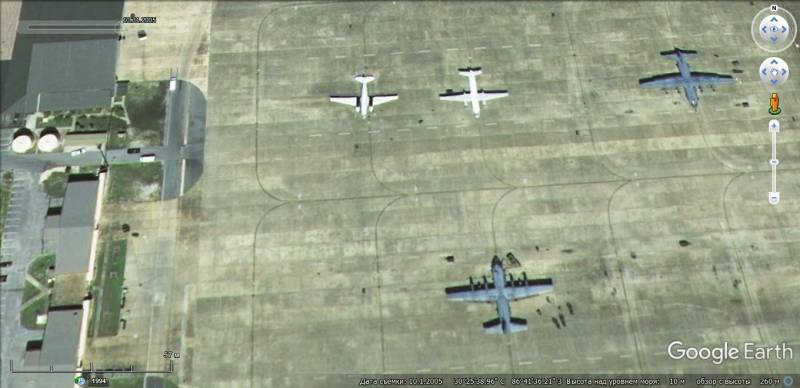
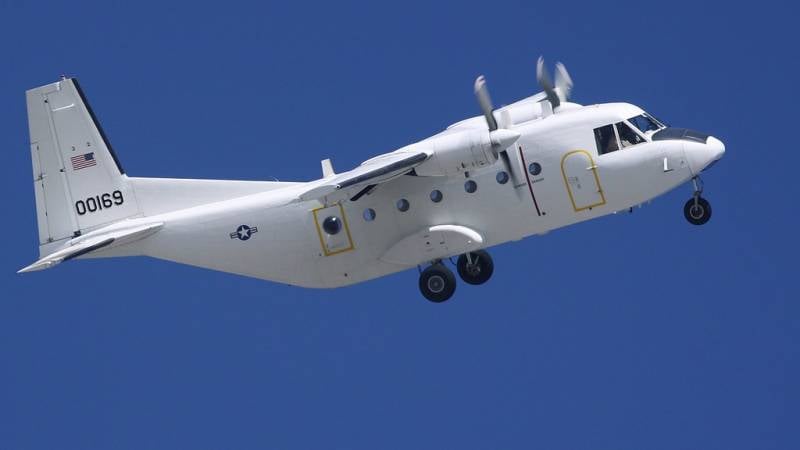
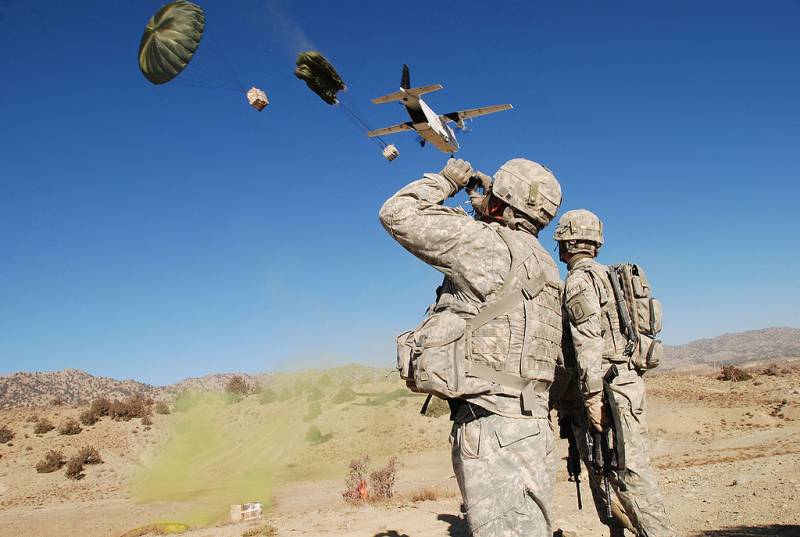
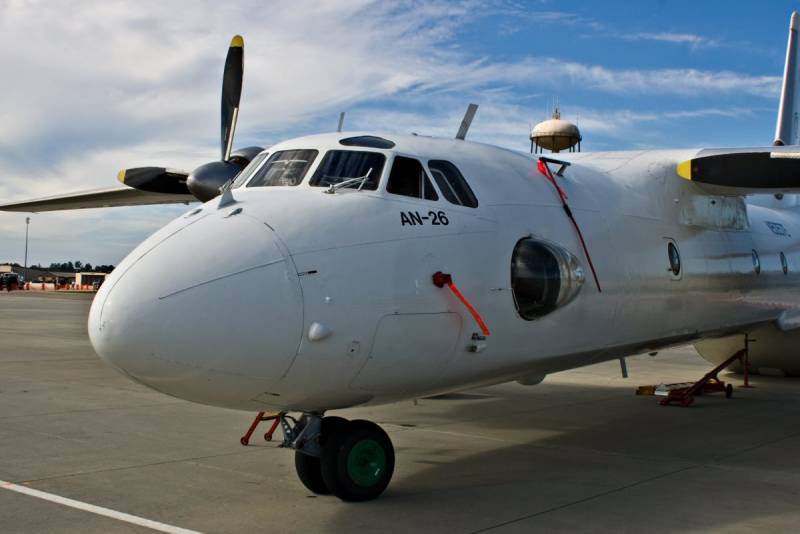
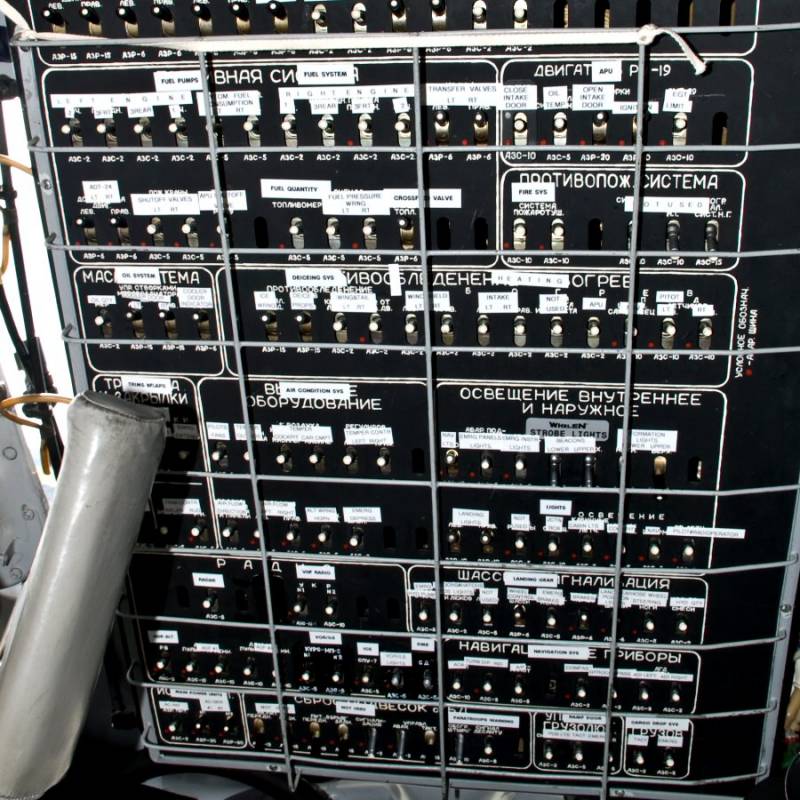
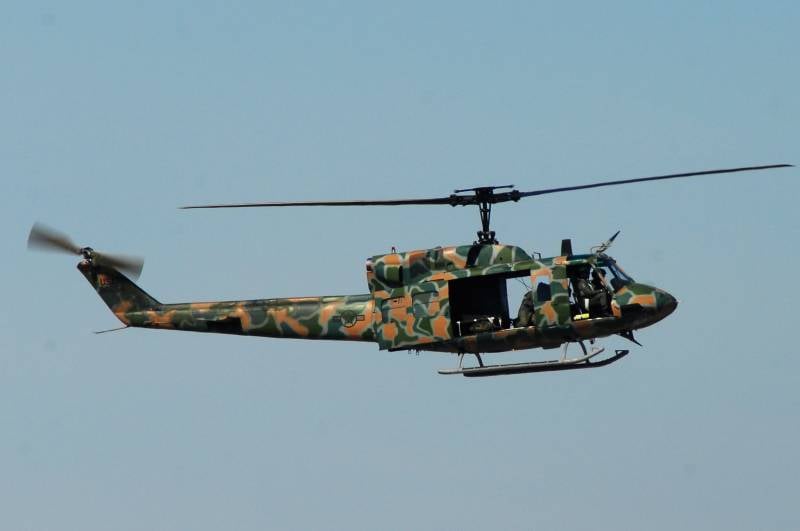
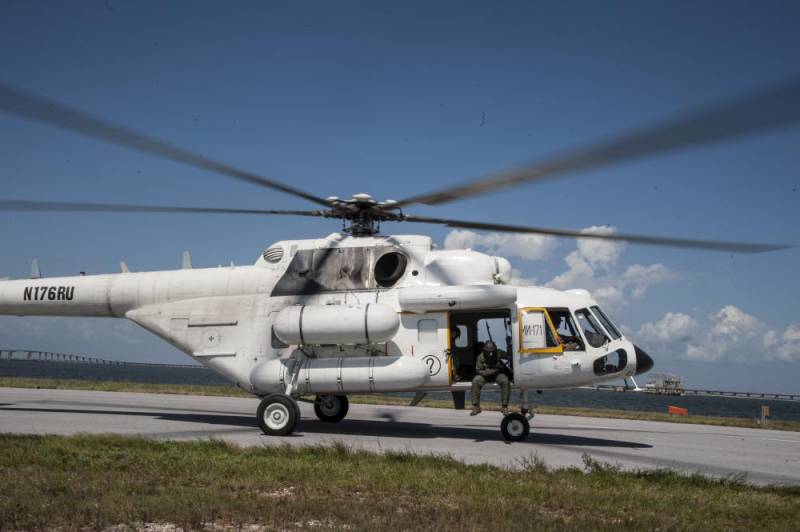
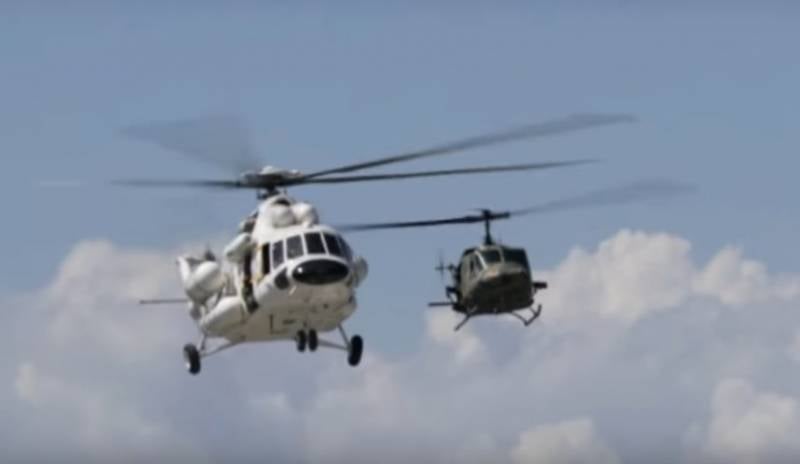
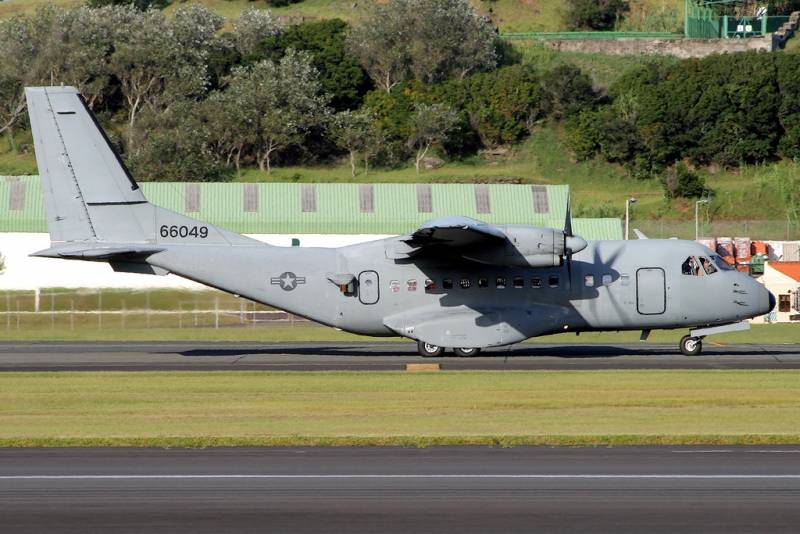
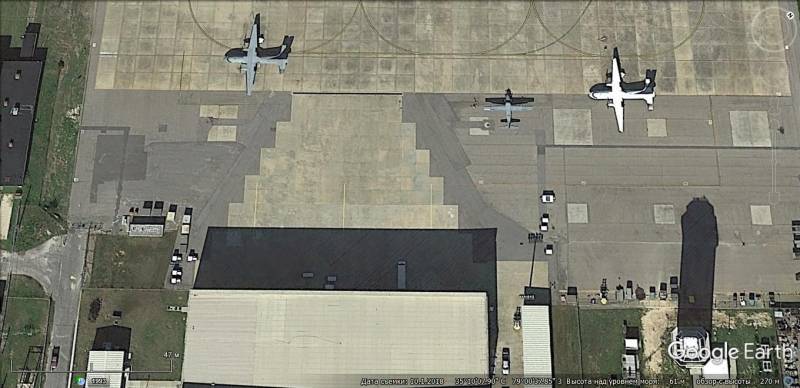
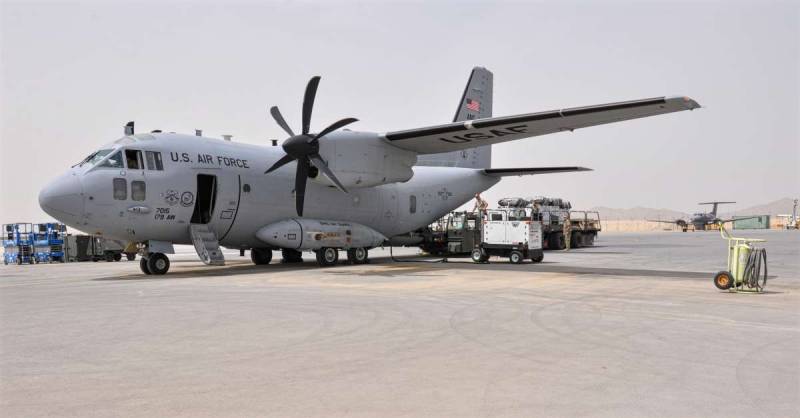
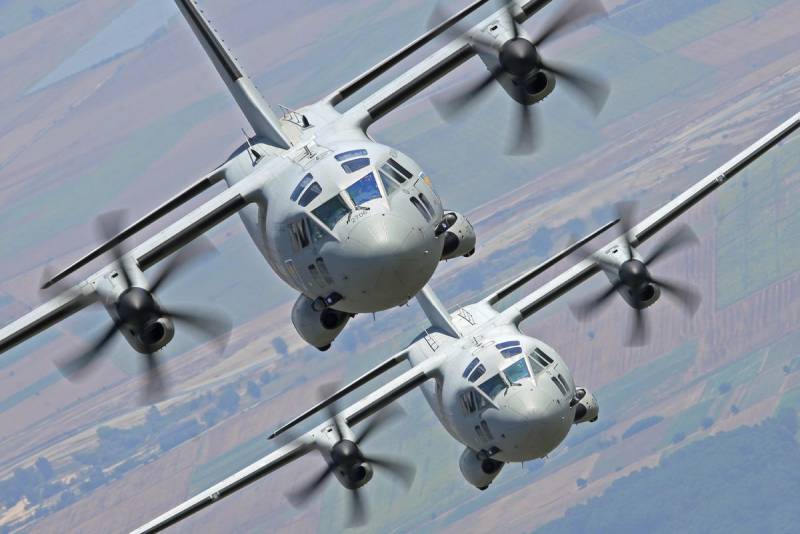
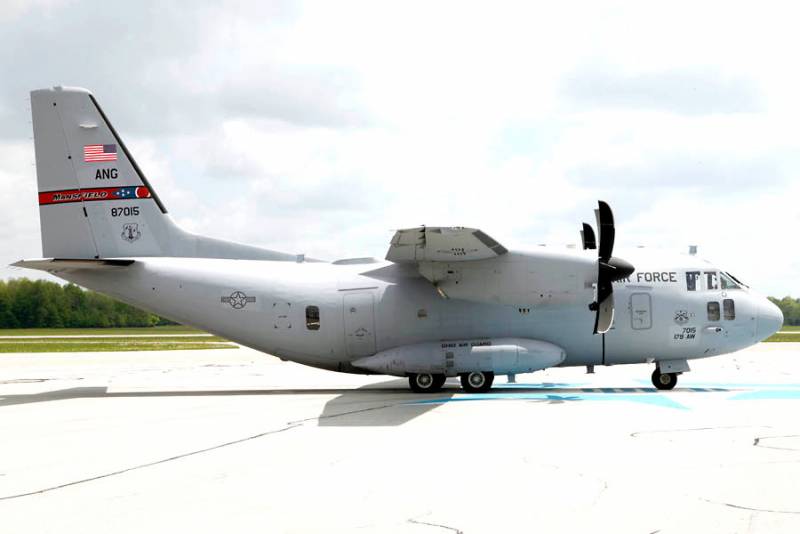
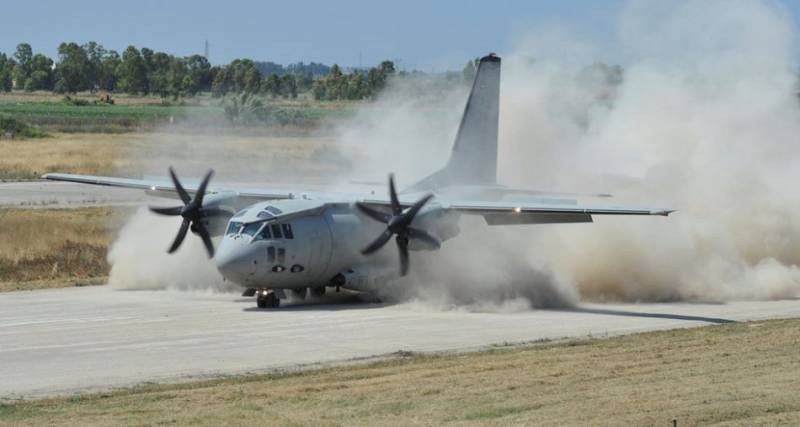
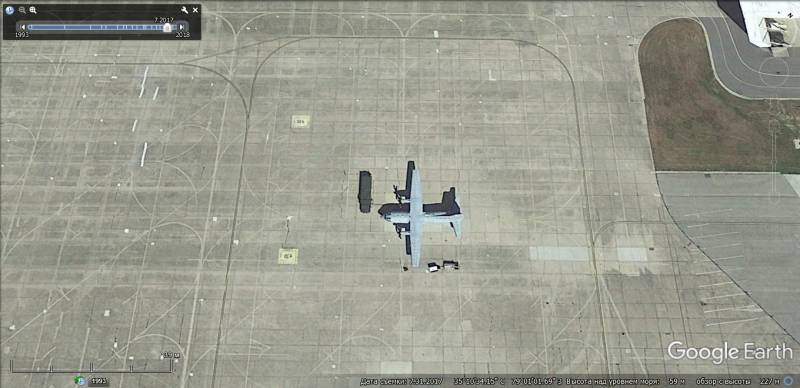
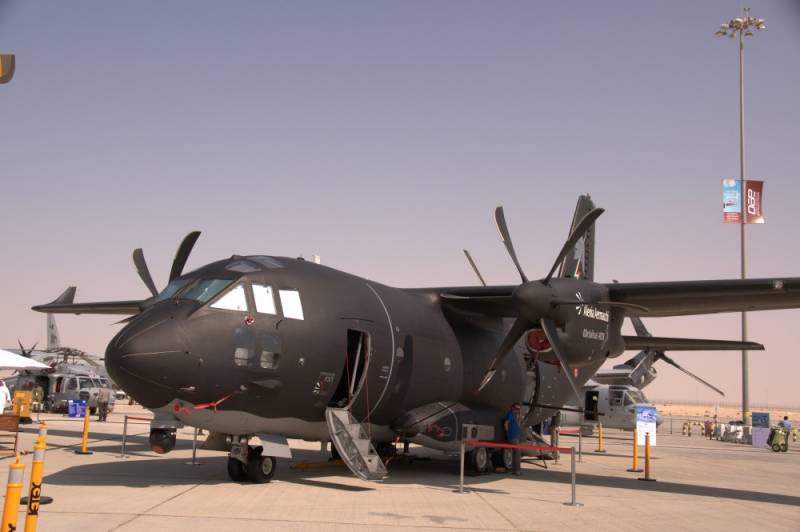
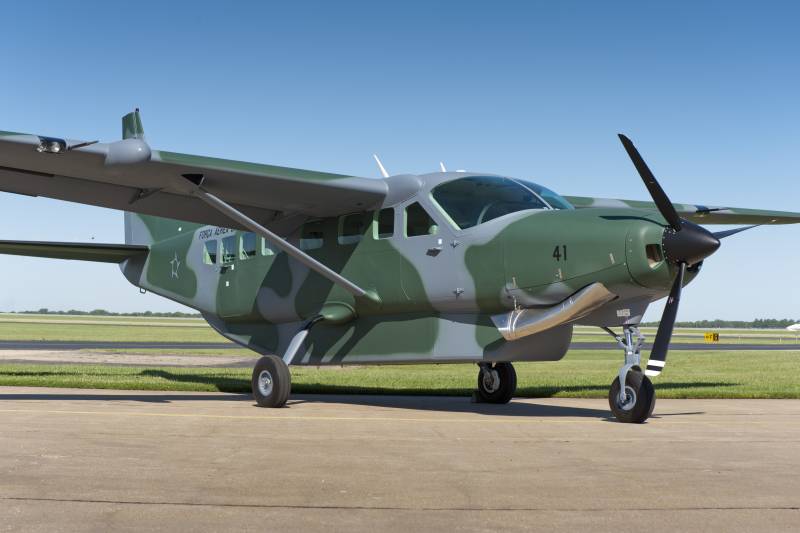
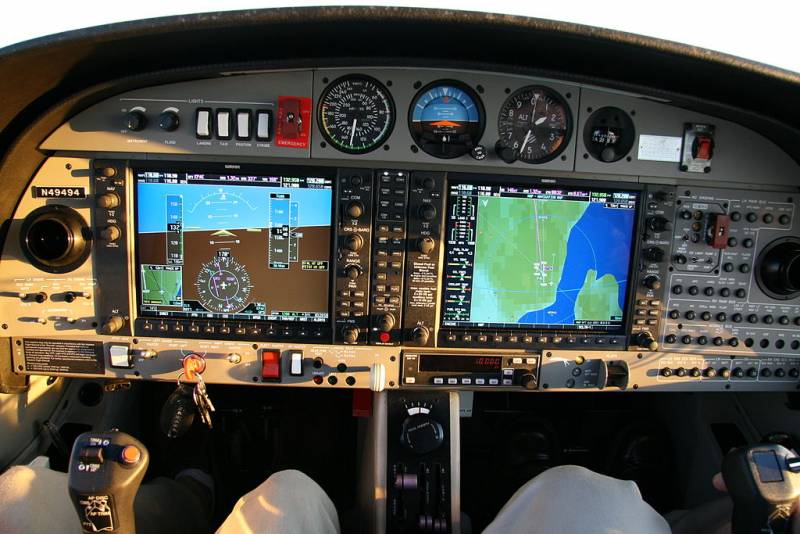
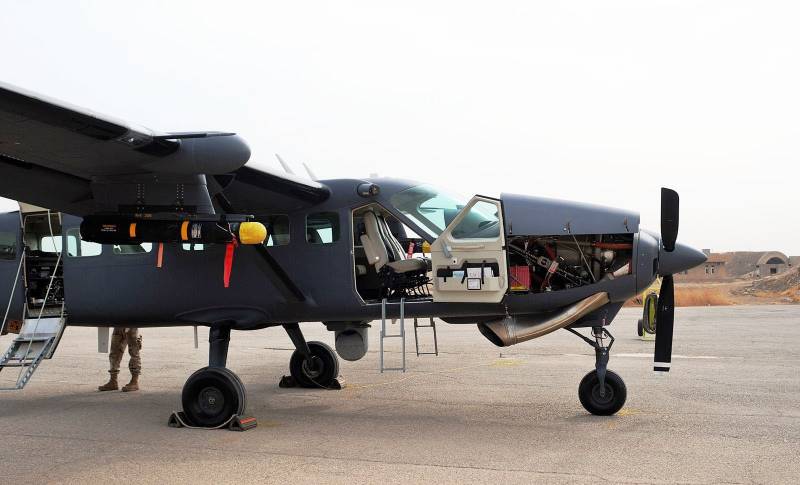
Information